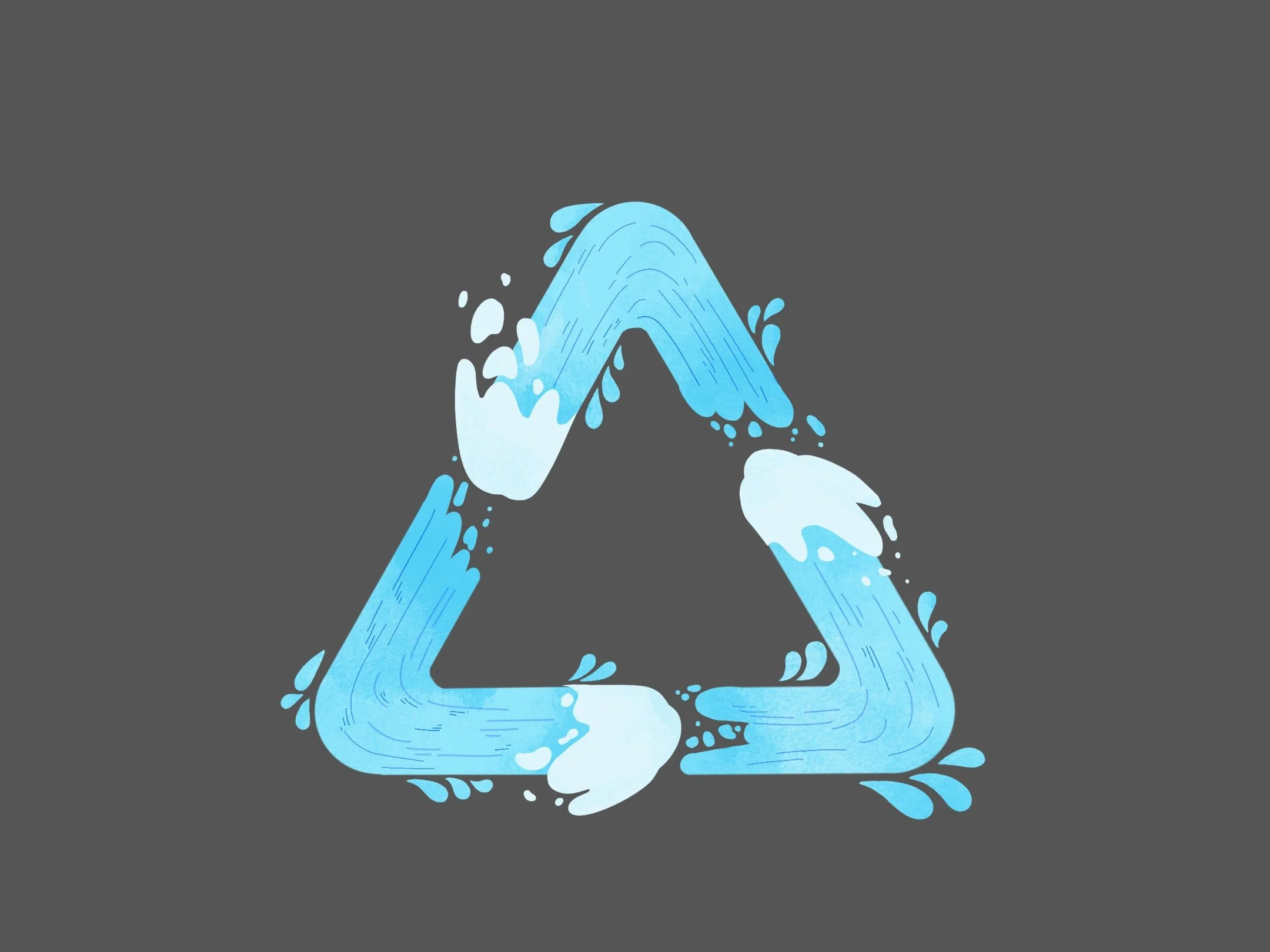Conserving Water on the Island
Harava Rahardjo ’25
Sydney Robinow ’25
“I think we [at Loomis Chaffee] don’t really think about [water usage] much. In New England and Connecticut specifically, we are privileged to have access to a lot of clean, fresh water. Therefore, nobody really pays attention to the water usage or is really appreciative of the water that we have,” said Mr. Jeff Dyreson, sustainability coordinator and member of the science faculty at Loomis Chaffee. Around 76% of Connecticut’s population is supported by the abundant freshwater resources from public water systems that deliver water through ground and surface systems (Connecticut Department of Energy & Environmental Protection, n.d.). However, Mr. Dyreson also noted that “water prices in Connecticut have [recently] gone up dramatically…so the school is spending a lot more money on water usage – which is quite a bit, given how much water we use.” When asked if the school has been addressing this issue, Mr. Dyreson responded with “they haven’t [implemented anything], but it’s been noticed and observed.”
Sofia Mansilla ‘23 has recognized this worsening problem and took action this year through her Guided Research Project on Sustainability, focusing on improving water efficiency and conservation at Loomis Chaffee. Mansilla mentioned that “the main issues that Physical Plant reported to me were pipe breaks and leaking, rainwater and irrigation systems, and showering.”
When a pipe breaks or leaks, water is lost and money must be spent to repair it. Currently, Loomis Chaffee does not have a method to continually monitor activity in the piping system. “Given the significantly high cost and water loss … Loomis Chaffee may consider investing in … effective control instead of recognizing it by sight,” Mansilla said. “Water leakage could be further reduced by improving leakage detection capability through a combination of predictive modeling and monitoring instruments, optimizing pipe maintenance strategy, and developing an instant pressure regulation system.”
At Loomis, water is also used for irrigation. The school currently pays for potable water (also known as drinking, or tap water) to water the plants on the Island during the spring and summer, which makes up a sizable percentage of the school’s water budget. Since there is more precipitation during the spring and summer, Mansilla proposed a rainwater collection system to provide the water needed for irrigation. Rainwater has a number of desirable benefits compared to potable water, including rainwater’s lack of chlorides, its simplicity, and its contribution to water conservation.
Furthermore, showering depletes another majority of water resources on campus. In the US, showers make up approximately 20% of total home indoor water usage (Saving Water, n.d.). “Three to five minutes is the suggested length for an entire shower,” according to Mr. Dyreson. “There are anecdotes and stories of people going on for twenty minutes to half an hour or longer; that’s really wasteful.” According to a survey conducted by Mansilla, for both boys’ and girls’ dorms, students shower once per day. In terms of the length of showers, the boys’ dorms showed an average of 12.3 minutes, while the girls’ dorms showed an average of 15.3 minutes. Mansilla’s study also reported how the school’s choice of shower head size can impact the economic effects of excess water usage: “The results show a median of $12,504 and a mean of $16,923 for the savings, if the school changed [all of] its shower heads from 2.5 [gallons per minute] to 1.5 [gallons per minute].” One past student initiative was the implementation of sand dials that essentially time showers, encouraging students to do their shower routine within a specific time limit.
Lastly, to conserve water, students should also consider how they do their laundry. “It would be good if students maximize the load when they do their laundry,” Mr. Dyreson stated. “Don’t just have three shirts there.” Although the individual impact may seem small, the effect of campus-wide effort can be profound.
“The administration is very appreciative of any educational or programmatic events that empower people to take action,” Mr. Dyreson said. Educating ourselves, raising awareness, and encouraging others to act are simple, effective ways to highlight the urgency of this issue. What the students, faculty, and administration do at Loomis affects what happens on a national and global scale. A collective effort must be made if we want to create a significant impact.
References
Connecticut Department of Energy & Environmental Protection. (n.d.). Frequently Asked Questions about Drinking Water.
Connecticut Government. https://portal.ct.gov/DEEP/Water/Drinking-Water-Quality/Frequently-Asked-Questions-about-
Saving water in your home. (n.d.). Portland Government. https://www.portland.gov/water/water-efficiency-programs/save-water-
home#:~:text=Showers%20account%20for%20about%2020,water%20in%20the%20average%20home.
